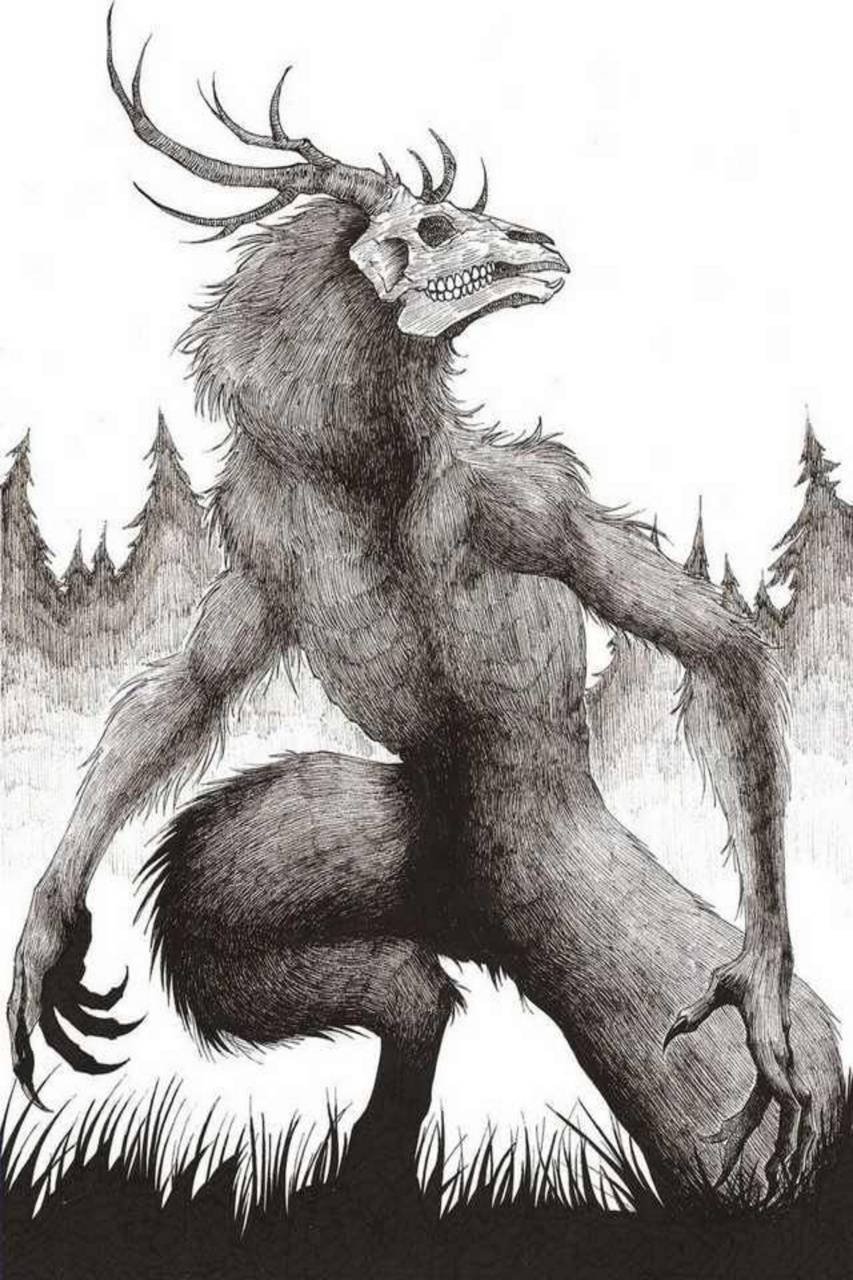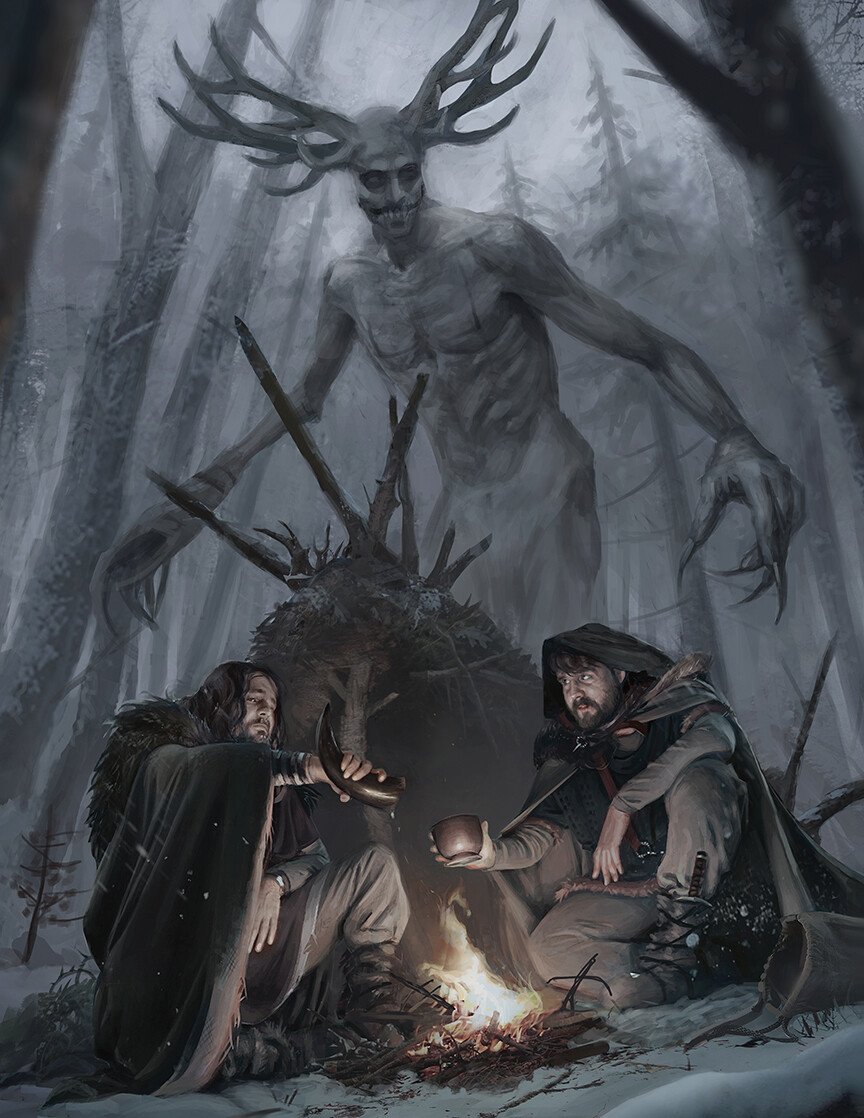The Anishinaabe Purgatory
/As an Indigenous person myself, the Anishinaabe legend of “Wendigo” has always sent shivers down my spine. From what I remember and heard, the monsters were fifteen feet tall, thin, and white that resembled moose or a deer, I don’t know, but they definitely had antlers. Its lips were chewed or just entirely missing because they ate them. They also have a foul stench, and their hearts are ice-cold.
Wendigos are believed to have very sharp senses and superior strength and speed to stalk and overpower their victims. A shaman, who are medicine man who has access to and influence in the world of benevolent and malevolent spirits. They are also able to enter into a trance state during a ritual and practice divination and healing. Shamans may be the only ones to destroy Wendigos using either a silver, steel, or iron bullet or a dagger. Worse comes to worse, the hearts of Wendigos may have to be cut out and burned.
The first known mention of the appearance of Wendigo was in 1636 by Paul Le Jeune, who was a French Jesuit who lived among the Algonquin people. It is said it possesses humans by invoking feelings of insatiable greed or hunger, the desire to cannibalize other humans, and the propensity to commit murder in those that fall under its influence. Pretty sick if you ask me. The Wendigo, apparently, is spelled in multiple ways which I find, kind of unsettling for some reason. Click here to view the alternate spellings. The names have a rough meaning of “the evil spirit that devours mankind.”
The Wendigos are strongly associated with the cold, which is why they were only ever seen during the wintertime. The north was paradise for the monsters. The Ojibwe, Saulteaux, the Cree, the Naskapi, and the Innu territories were unsafe. The Hunters and campers had claimed that the creatures could only be seen up very close because they were so thin that they couldn’t be seen from the side. Roughly during the 1860s, many hunters who have disappeared over the years were said to be victims of The Wendigos.
These days, Wendigo has given its name to a form of psychosis which is called “Wendigo Psychosis,” and is described as a culture-bound syndrome. These symptoms include an intense craving for human flesh and an intense fear of becoming a cannibal. Other symptoms such as insatiable greed and destruction of the environment are also thought to be of Wendigo Psychosis in some First-Nation communities.
A Wendigo was known to be last sighted in the 1980s.
During my first years of high school, the story was spoken about a lot. I knew that saying its name wasn’t recommended, and my friends would refer to the Wendigo as “the double-u word” to avoid negative energy if you said its name out loud and could potentially be haunted by it in your dreams. This is when the sage burning needs to do its thing.
Believe me when I say this, writing this was not easy and it was very unsettling as a Cree Algonquin. I may sleep with the lights on for the next couple of nights.
Greetings! my name is Emily-Ann Petawabano. I am twenty years old, and this is currently my second year of college. I am a 9 hour drive from my homelands, and I miss it but I love it here. I absolutely love drinking coffee and eating ramen. I also love being in the comfort of my own home with my roommate who is also my first cousin. Going to the gym is also something I enjoy doing very much, late night workouts are my favourite.




